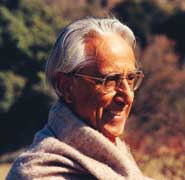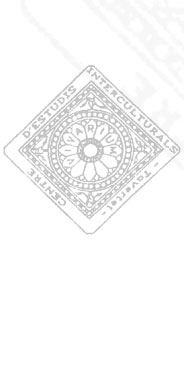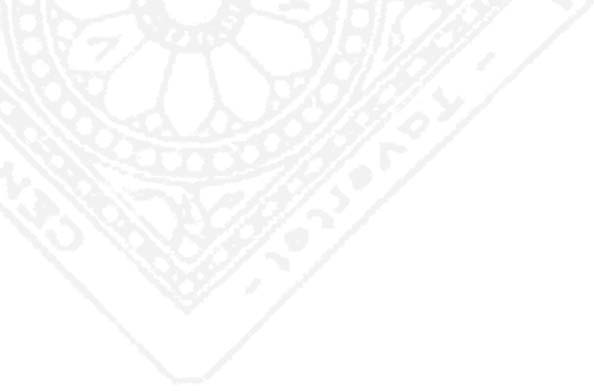




Diatopical Hermeneutics
“I call it diatopical hermeneutics because the distance to be overcome is not merely temporal, within one broad tradtion, but the gap existing between two human topoi, ‘places’ of understanding and self-understanding, between two - or more – cultures that have not developed their patterns of intelligibility … Diatopical hermeneutics stands for the thematic consideration of understanding the other without assuming that the other has the same basic self-understanding. The ultimate human horizon, and not only differing contexts, is at stake here.”
Diatopical hermeneutics is a hermeneutic that goes beyond traditional morphological hermeneutics and diachronical hermeneutics, inasmuch as it “takes as its point of departure the awareness that the “topoi”, locations within distinct cultures, cannot be understood with the tools of understanding from only one tradition or culture” (“Autobiografia intellectual”). Morphological hermeneutics deciphers the treasures (morphe, forms, values) of a particular culture, a single tradition. Diachronical hermeneutics represents mediation between temporally distant eras in the cultural history of humanity, but still, normally, with reference to a single tradition.
Seeking, among other things, to break out of the hermeneutic circle created by the limits of a single culture, diatopical hermeneutics attempts “to bring into contact radically different human horizons”, traditions, or cultural locations (topoi) in order to achieve a true dialogical dialogue that bears in mind cultural differences. It is the art of arriving at understanding “by going through these different locations” (dia-topos). To achieve this, there must be a renewed encounter between mythos and logos, between subjectivity and objectivity, the heart and the mind, rational thought and the spirit that flies free breaking all rigid mental schemes (cf. later discussion).
official site